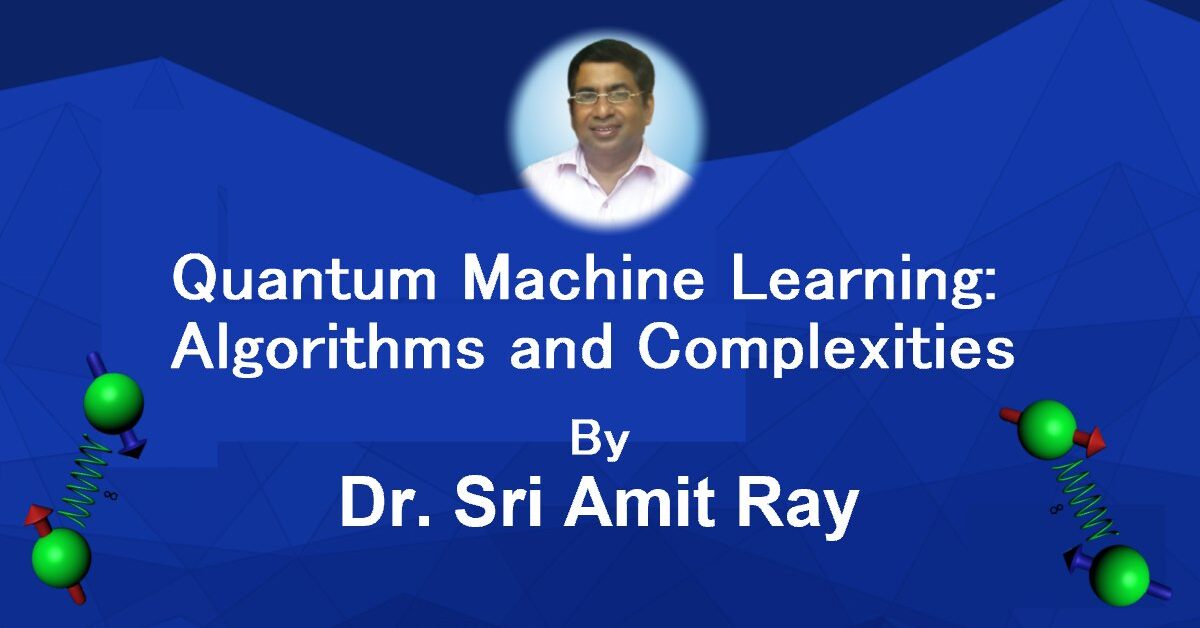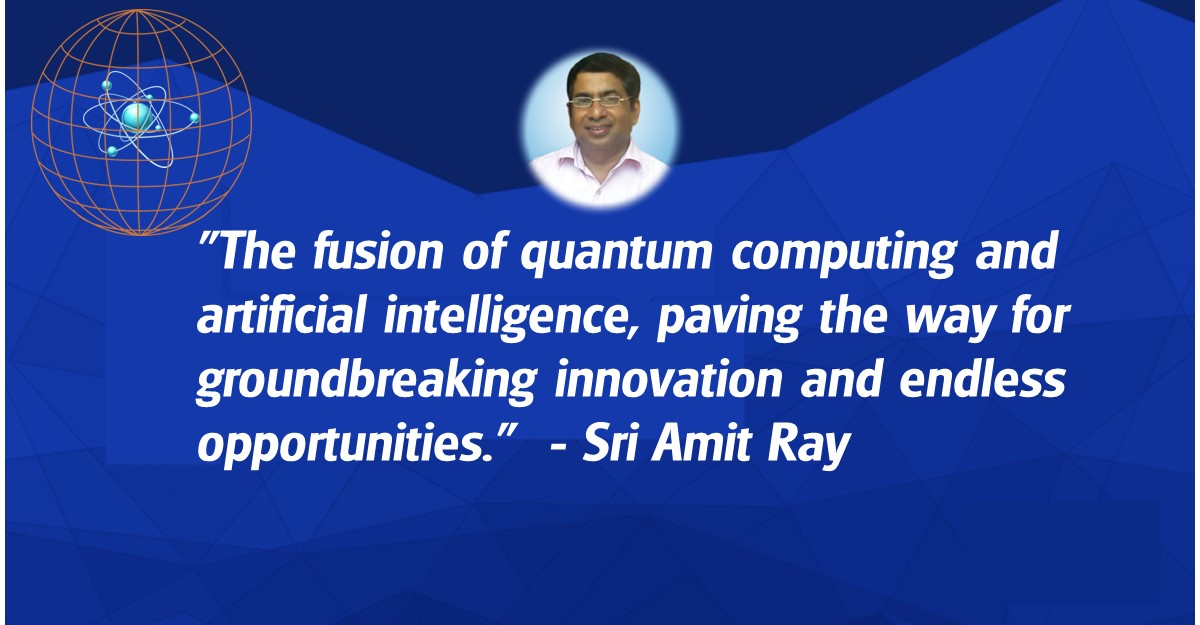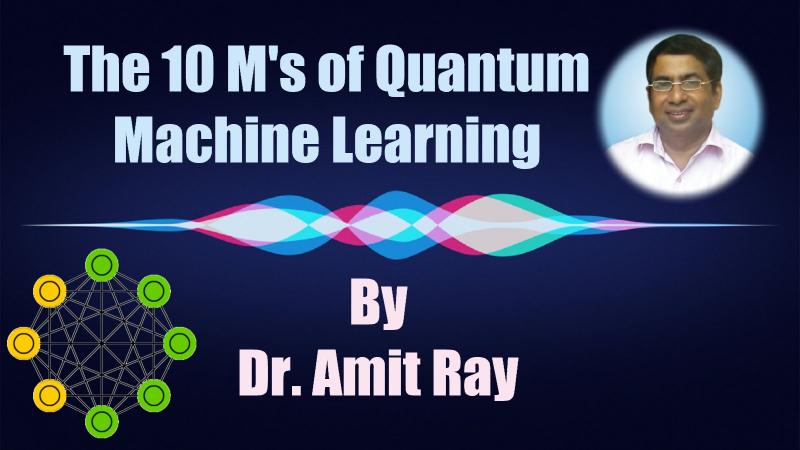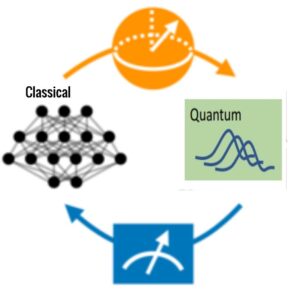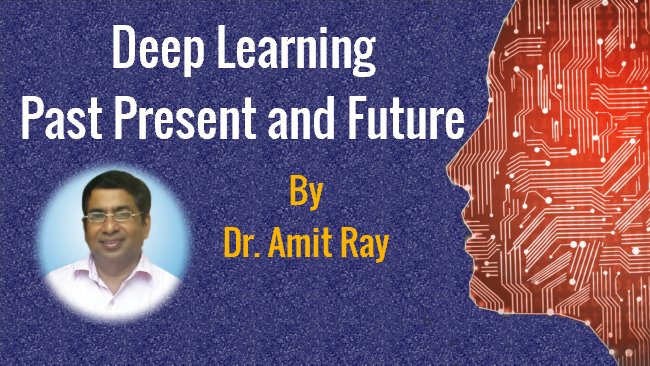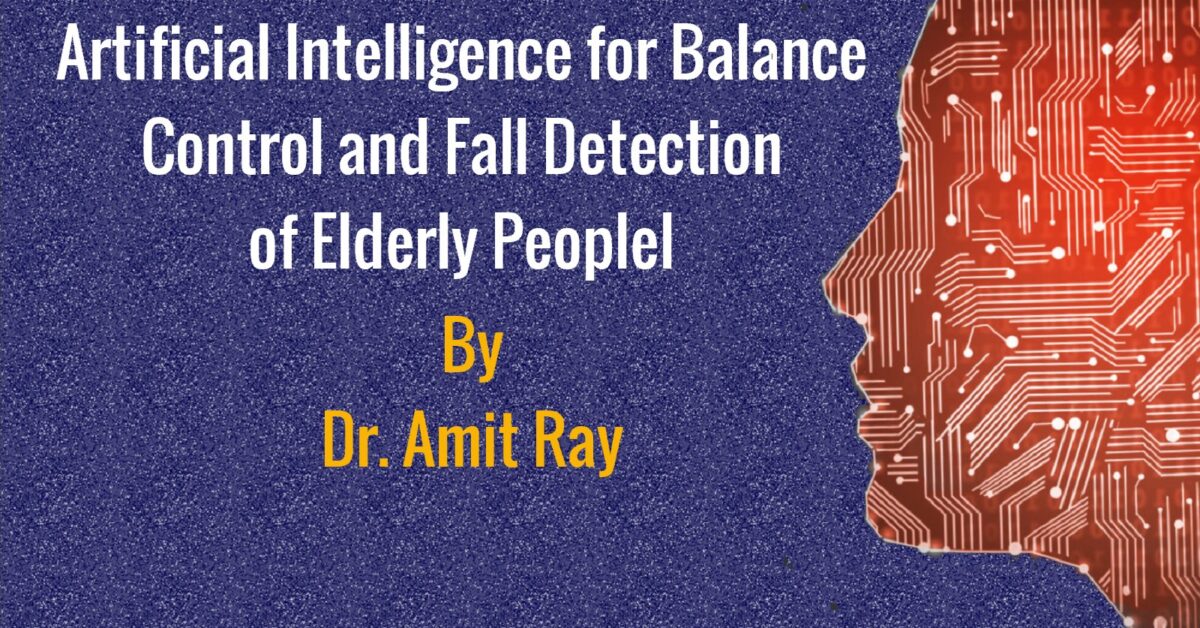From Data-Driven AI to Compassionate AI: Safeguarding Humanity and Empowering Future Generations
In this article, we explore the transition from data-driven AI to compassionate AI and how it holds the key to safeguarding humanity and empowering the next generation. We can unlock the full potential of AI while assuring fairness, encouraging well-being, and creating meaningful human-machine interactions by incorporating empathy, ethics, and societal values into AI systems. By embracing compassionate AI, which incorporates empathy and societal values, we can overcome these limitations, safeguard humanity, and empower future generations.

Safeguarding Humanity and Empowering Future Generations
Recently, artificial intelligence (AI) has made enormous advances, revolutionizing sectors and reshaping the way we live and work. Data-driven AI has been at the forefront of this AI revolution, with its capacity to handle massive volumes of data and extract valuable insights.
However, as we continue to harness the power of AI, we must understand and confront the limitations of a data-only strategy. The transition to compassionate AI has arisen as a necessary and ethical necessity, with the goal of protecting mankind and empowering future generations.
We can unlock the full potential of AI while assuring fairness, encouraging well-being, and creating meaningful human-machine interactions by incorporating empathy, ethics, and societal values into AI systems. By embracing compassionate AI, which incorporates empathy and societal values, we can overcome these limitations, safeguard humanity, and empower future generations.Read More »From Data-Driven AI to Compassionate AI: Safeguarding Humanity and Empowering Future Generations
